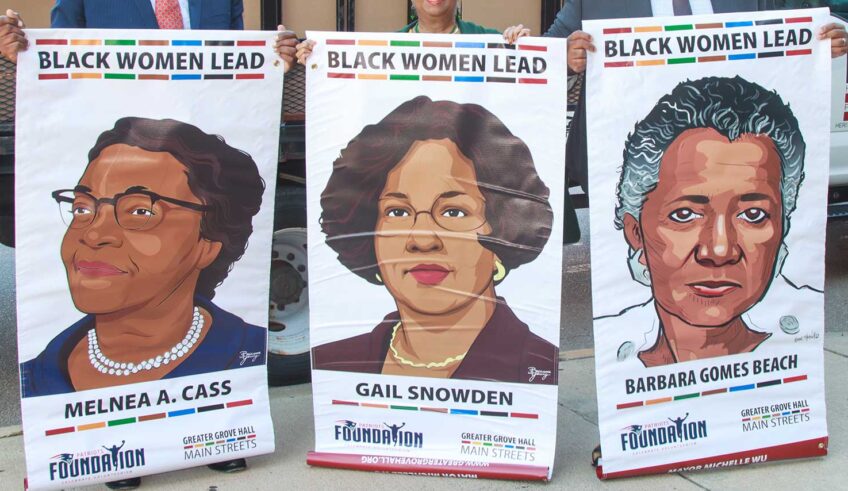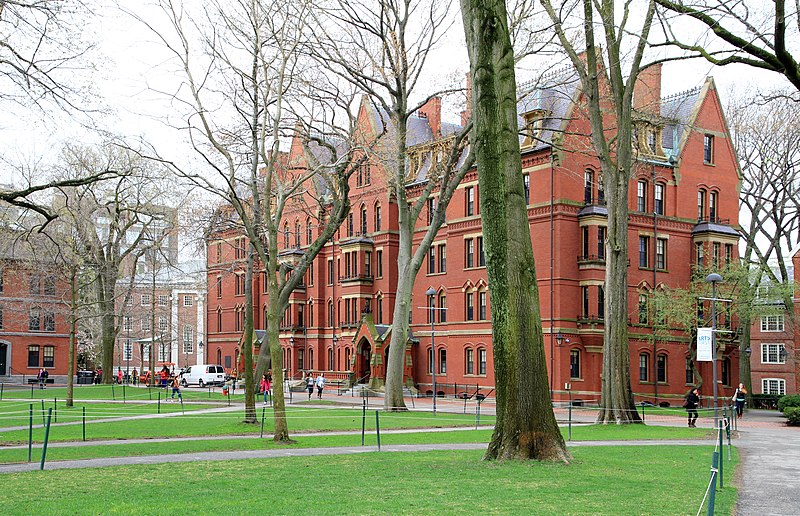The year 2023 will mark 50 years of a Trinidad-style Carnival celebration here in Boston. In these five decades, there have been five leadership changes, managed by four people: founder Ken Bonaparte Mitchell, Sebastian Joseph, Shirley Shillingford from 1991–93, Clive Trail in 1994, and Shirley Shillingford again from 1995 to present.
From its birth in 1973 through the late 1990s, there was significant growth. Masquerade band participation increased on all levels, and the size of bands increased. The organizing committee was quite active, because they were also band leaders who knew the cost and time required to create a band worthy of being on the on the road on carnival day. But from 1994 to the present, leadership changed drastically. Current leadership does not have the knowledge and understanding of the culture of Boston’s Trinidad-style Carnival to properly move it forward.
If Boston’s Trinidad-style Carnival is to survive, adequate funding has to be raised, and finding avenues to acquire funding falls solely on the organizing committee. Today’s band leaders do not have the time or skillset required to prepare proposals and talk to potential sponsors. The function of band leaders is to design masterpieces based on original ideas and present them to the thousands of spectators along the parade route.
The prime objective, and one of the organizing committee’s main functions, is to create a bridge between the band leaders and potential sponsors. It is their responsibility to understand the needs of each bandleader in terms of cost and to get them the funding they need. Long gone are the days of local fundraising and overdrawn credit cards. Today’s cost is well over $100,000 for each band — far more than the cost was back in the ’90s.
Boston’s Trinidad-style Carnival could return to a place where its growth potential will increase. This means larger bands, more colorful sections and no delays or large breaks in the parade. This will also encourage more visitors to Boston, additional revenue to businesses in the community and an increase in hotel stays.
Boston’s Trinidad-style Carnival was once said to be the third-best Carnival in North America behind the Canadian and Brooklyn carnivals. It attracted an estimated 500,000 visitors annually, with buses arriving from several other states and Canada, filling Franklin Park to capacity. The only other event at the time with a larger audience was the Boston Marathon. We can return to these glory days—however, in order to achieve this goal the organizing body has to listen and work with the band leaders hand in hand.
Unfortunately, what we have all witnessed in the last 10 to 15 years is stagnation. A lack of vision and good leadership has left us unable to address the problems associated with a lack of growth, and therefore unable to put Boston’s Trinidad-style Carnival back on a path of success.
It has been said that a “rising tide lifts all boats,” and here in Boston, we need someone with the leadership skills to provide the lift needed to raise all the boats associated with Boston’s Carnival growth. This means supporting the community band leaders, businesses, visitors, hotels and event organizers. Stagnation is so engrained inside the organizing committee that there has not been a leadership change in the last 20 years.
I visited Toronto for the first time this year to experience their annual Trinidad Carnival, and it was incredible. Remarkably, they have been doing a Carnival five to six years longer than Boston’s Carnival, and they also host a steel pan competition, junior carnival and parade. All these events took place post-pandemic, and due to good organizing, it did not suffer from reduced crowds post-lockdown. The city of Toronto was all in for the celebration, with ample advertising so the community knew about the event. This meant 100% involvement from all committee members, with everyone committed to, aware of and involved in the celebration. It was a true demonstration of leadership and a solid knowledge of the carnival and all its supporting elements. It truly felt like Trinidad.
We are capable of that and can have something similar or better in Boston. It’s no pipe dream. Toronto is proof that leadership matters, and if we work together, a lot can be achieved.
Michael C. Smith is a retired engineer and photographer who has published three books on photography.






